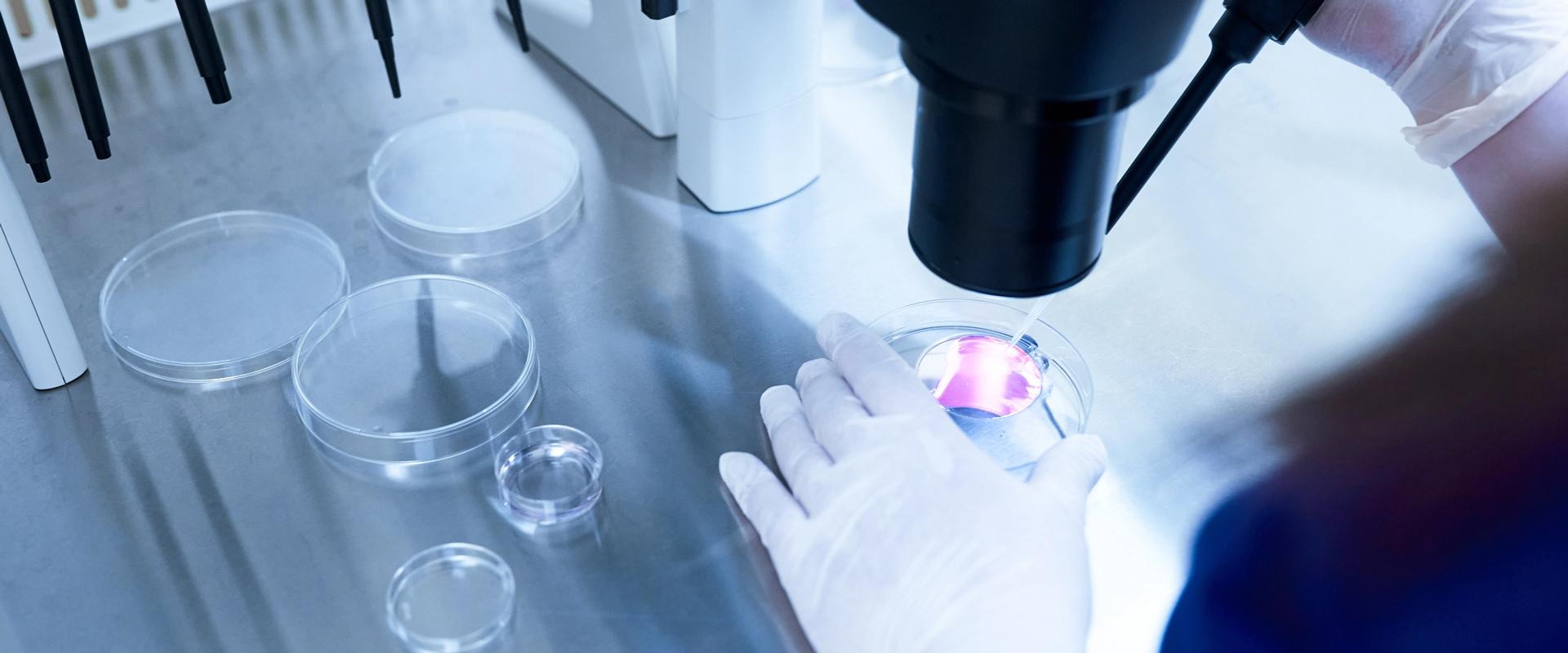
英緹生技通過嚴謹的臨床研究來優化試管嬰兒療程中使用的檢測方案。
我們致力於將研究成果發表於國際同行評審期刊,為生殖醫學領域提供更多科學依據支持臨床應用,以下為部分學術發表:
該研究旨在收集全球超過 800位受試者以進一步驗證 ORA的臨床效用。ORA透過血液中的miRNA生物標記能夠準確的計算備孕媽媽的最佳植入窗期,幫助醫生提供個人化胚胎植入的建議時間並
協助提高成功懷孕的機率。
狀態:進行中
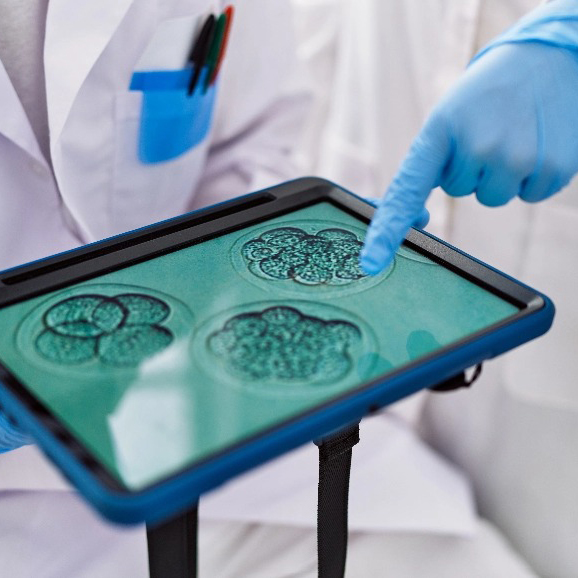

該試驗旨在評估 Opal 的臨床效用。 Opal 可評估卵子的品質,透過 Opal 的分析,篩選出最高受精率、囊胚形成率、植入率、臨床妊娠率和活產率的卵子。狀態:英緹與茂盛醫院聯手進行此研究案
Our research findings are disseminated through peer-reviewed publications, contributing to the scientific understanding of IVF. Here are some of our notable publications:
研究顯示,子宮內膜中特定的微小RNA(miRNA)可作為預測反覆著床失敗的診斷生物標記。尤其對於胚胎植入窗期偏移的患者,檢測平台預測準確率超過90%,為體外人工受精(IVF)患者提供精準化治療方案。
我們基於血液中的微小RNA表現譜,成功開發了胚胎植入窗期的最佳化預測模型,並在臨床實驗中實現了95.9%的整體預測準確率,突破傳統侵入性檢測的限制。相比市面上需抽取子宮內膜樣本的侵入性技術,我們採用抽血檢測子宮內膜容受性的方法,更加安全便捷,適合大眾化應用。
Published: April, 2021
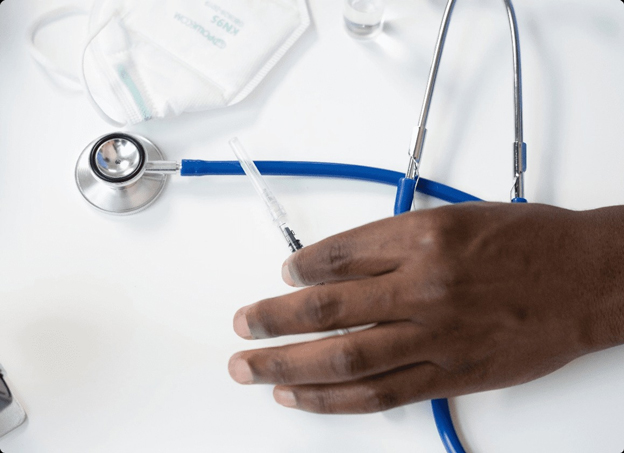
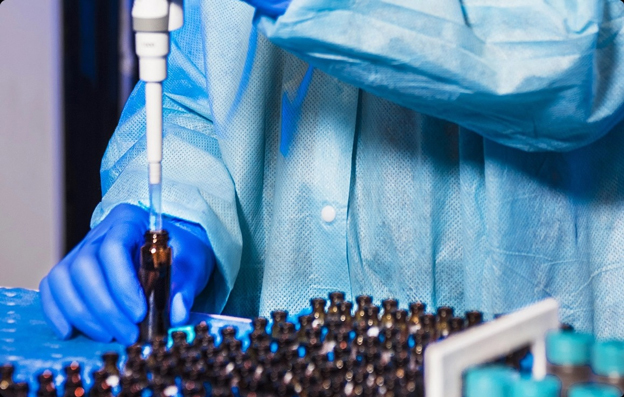
目前市面上多為需抽取子宮內膜檢體的侵入性技術,我們採用抽血的方式,利用血液中的微小RNA,檢測子宮內膜容受性狀態。根據研究顯示,建立的模型在預測胚胎植入窗期的臨床實驗中達到 95.9%的整體預測準確率。
Published: December, 2023
Description: The reproductive-related PanelChip® that analyses microRNA expression profiles could identify the optimal timing for embryo transfer with an accuracy of 93.9%, a sensitivity of 85.3%, and a specificity of 92.4%, showing a high promise of utilizing miRNA-based platform in precisely identifying the optimal timing for embryo transfer in endometrial tissue samples.
Published: March, 2024
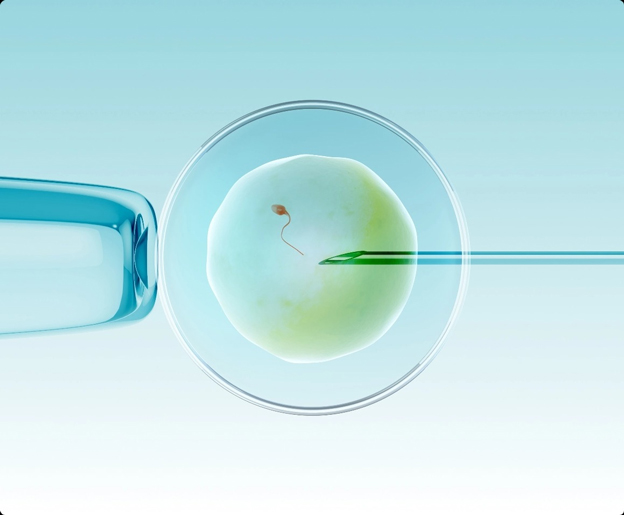

本研究提出一種全新方法,透過分析卵母細胞的生物力學特性來評估胚囊(Blastocyst)的可存活性。此研究突破傳統僅依賴形態學與母體年齡等因素的侷限。能在不影響胚胎培養結果的情況下,提升胚胎選擇的精準度,為體外人工受精(IVF)治療帶來嶄新的應用方向。
Accepted: March, 2024

我們以臨床證據為基礎,專注於提供安全、便捷且高效的創新解決方案,致力於提升人工生殖治療(IVF)的整體成功率。若您對上述技術或研究感興趣,或希望進一步洽談合作,歡迎隨時與我們聯繫!